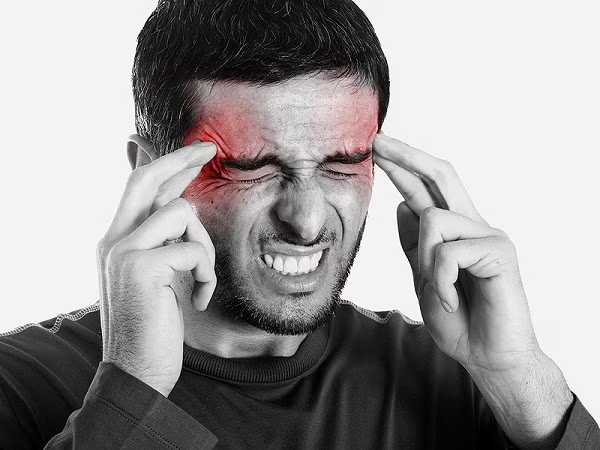By: Muhammad Ismail Khalid Yousaf

Migraine is a debilitating, complex neurological disease, with headaches as its most significant and common symptom. It includes a range of associated symptoms such as sensitivity to light and sound, nausea, vomiting, and a heightened response to touch on the head. About one-third of migraine sufferers experience an “aura,” consisting of reversible neurological symptoms, including visual disturbances in various shapes, sizes, and colors.
Migraine is the third most common disease in the world and the second leading cause of disability globally, affecting over 1 billion people (about 1 in 7 individuals). Approximately 43% of women and 18% of men have experienced migraines at some point in their lives. However, less than 50% of people with migraines consult a doctor, and chronic migraines impact more than 148 million people worldwide. This underscores the urgent need for education and advocacy on migraine headaches, requiring both national and international patient advocacy forums to raise awareness of this common condition.
Migraine is a genetic disease, with over 170 genes identified so far as playing a role. Two-thirds of patients have a family history of migraines. If one parent has migraines, their child has a roughly 50% chance of developing the condition, increasing to about 75% if both parents are affected. While the exact cause of migraines is still under investigation, it is linked to dysfunction in the trigeminal nerve, a multifunctional nerve originating from the brainstem.
Migraines are more common in women than men, with a 3:1 ratio. This disparity is believed to be influenced by epigenetics, environmental factors, and hormonal changes. Women with migraines and aura have twice the risk of stroke, which can increase up to nine times if they smoke and use oral contraceptives. This makes it crucial for doctors to counsel patients on these risks.
In children and adolescents, migraines affect 1 in 10. Diagnosing migraines in this population is challenging, as children may struggle to articulate their symptoms. Headaches, including migraines and tension headaches, are the leading cause of school absenteeism and decreased academic and athletic performance. A landmark study by Dr. Powers in the USA revealed that the impact on quality of life of children with migraine was similar to that of children with arthritis and cancer.
To create a unified global advocacy forum, multiple top neurological organizations such as European Academy of Neurology, the World Federation of Neurology, and the American Academy of Neurology, have collectively formed the Global Patient Advocacy Coalition (GPAC) to promote international education and advocacy for migraine patients. This coalition aims to help implement optimal standards of migraine care and raise awareness of its impact on individuals and society, including developing countries.
In Pakistan, recent studies indicate a higher migraine prevalence of around 23% compared to the global average of 15%. The Pakistan Headache Society is committed to battling the rise via awareness and education through hospital outreach programs, seminars, and national conferences while conducting evidence-based research to better understand the epidemiology and treat the disease.
Migraine is a significant disability, but recent advances offer hope for improved treatment and quality of life for patients of all ages and backgrounds. Future research, particularly on new anti-CGRP medications, looks promising. For those suffering from migraines, advocating for safe spaces at work and home, and recognizing the economic and psychosocial impacts of this condition, is essential.
The writer is a Neurologist and Headache specialist with a profound commitment to medicine and advocacy. His primary focus lies in producing literature that illuminates social injustices and advocacy for patients enduring headaches and mental health challenges, especially children. He can be reached at [email protected]











